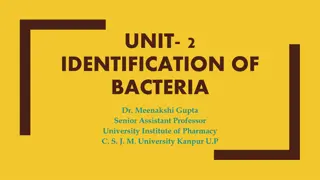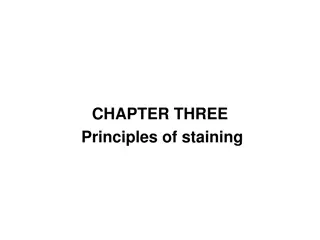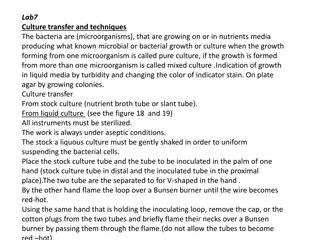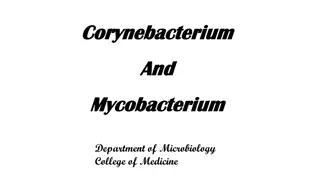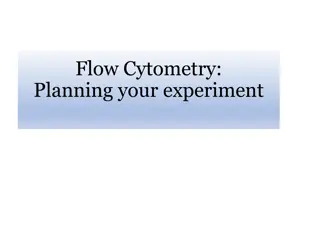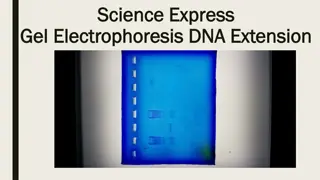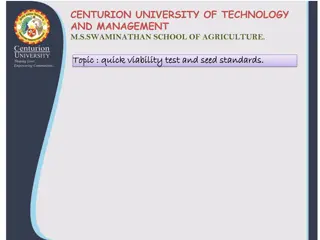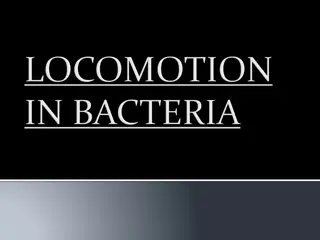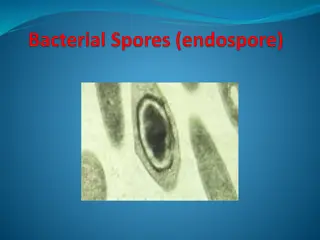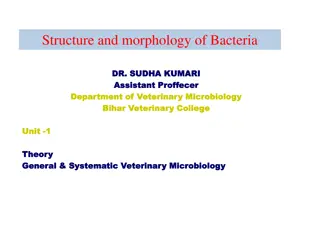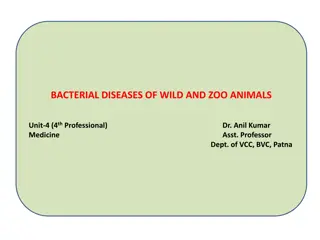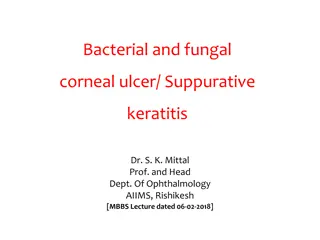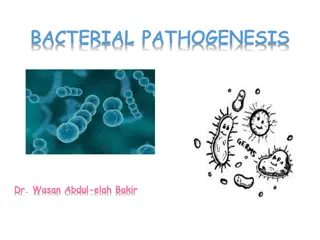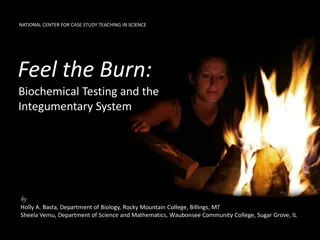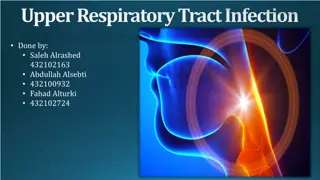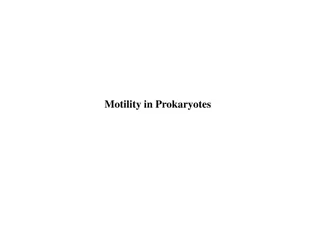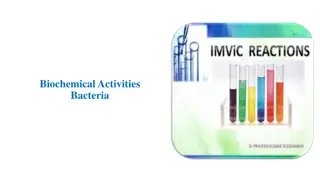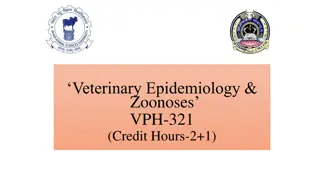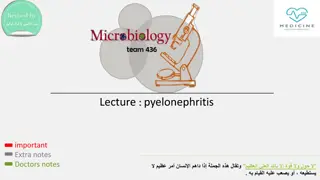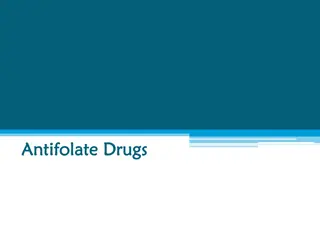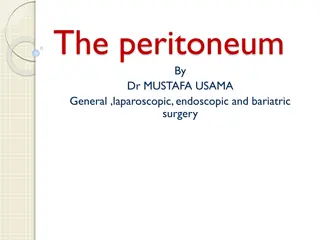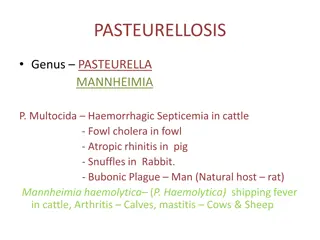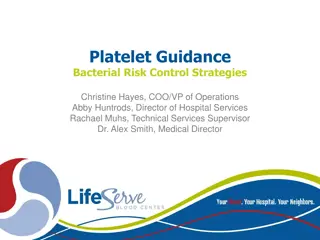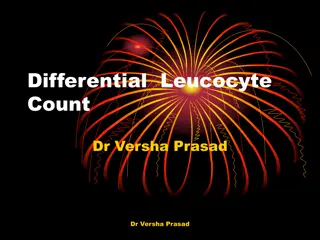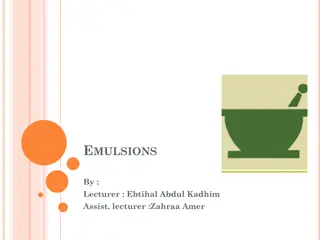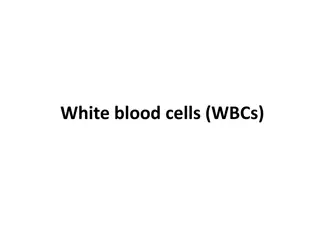Bacterial Staining Techniques Overview
Spore staining, acid-fast staining, and negative staining are essential techniques in microbiology for differentiating bacterial structures based on staining properties. Spore staining highlights spore formers, acid-fast staining differentiates acid-fast bacteria, and negative staining detects capsules. Each technique involves specific steps and staining agents to reveal distinct characteristics under the microscope.
Download Presentation

Please find below an Image/Link to download the presentation.
The content on the website is provided AS IS for your information and personal use only. It may not be sold, licensed, or shared on other websites without obtaining consent from the author. Download presentation by click this link. If you encounter any issues during the download, it is possible that the publisher has removed the file from their server.
E N D
Presentation Transcript
Spore Stain: Spores represent a chemically and physically resistant form of the vegetative cell. Spore staining is applied to bacterial spore formers. After staining with simple or gram stain .The vegetative portion of the cell takes up the stain but the spore does not, the spore appears as a white refractile body within the vegetative cells Procedure: (fig.10) 1- Prepare a fixed smear. 2- Flood the smear with 5% malachite green and let the stain react for 1 minute .Using your bunsen burner, heat the top of the stained slide until steam rises but do not let it boil. This step is performed by passing the burner back and over the slide for about 5 minutes. 3- Wash with water. 4- Counter stain with the safranin for 1 minute. 5- Examine under oil immersion .The vegetative part of the cell appears red while the endospore is green.
Acid Fast Staining: Acid fast means the ability of a microorganism to resist decolarization by acid alcohol after primary staining. Acid alcohol resistant is due to the presence of a high lipid content (40-60%) in the cell envelope (gram negative bacteria have no more than 20% while gram positive bacteria have 1-4% lipid in their cell envelope).The acid fast staining procedure also called the ziehl-neelson technique. Procedure: (fig.11- a) 1- Prepare fixed smear of a mixture of E.coli and mycobacterium on the slide. 2- Flood the smear with concentrated carbol fuchsin with flaming until steaming for 5 minutes wash with water. 3- Add the decolorizer acid alcohol (20% H2SO4 in ethanol or 3% HCL in ethanol), until no more color appears. Wash with water. 4- Flood with methylene blue for 1 minute. 5- Wash with water, dry the slide and observe under oil immersion. Acid fast bacteria appear red and non-acid fast bacteria appear blue. Fig. (11-b).
File:Mycobacterium tuberculosis Ziehl-Neelsen stain 640.jpg Figure (11- b) Acid Fast Bacteria (AFB)
Negative Staining: It is used for capsule detection .In negative staining the background observed darker than the bacteria. It is a simple stain, nigrosin or India ink is used. These stains have a negative charge that is repelled by the negative charge of the microorganism resulting negative or indirect staining of the microbial cell. (fig.12.b). Procedure: (fig.12.a) 1- Place 2 to 3 drops of water on a side. Figure 12Negative staining procedure




